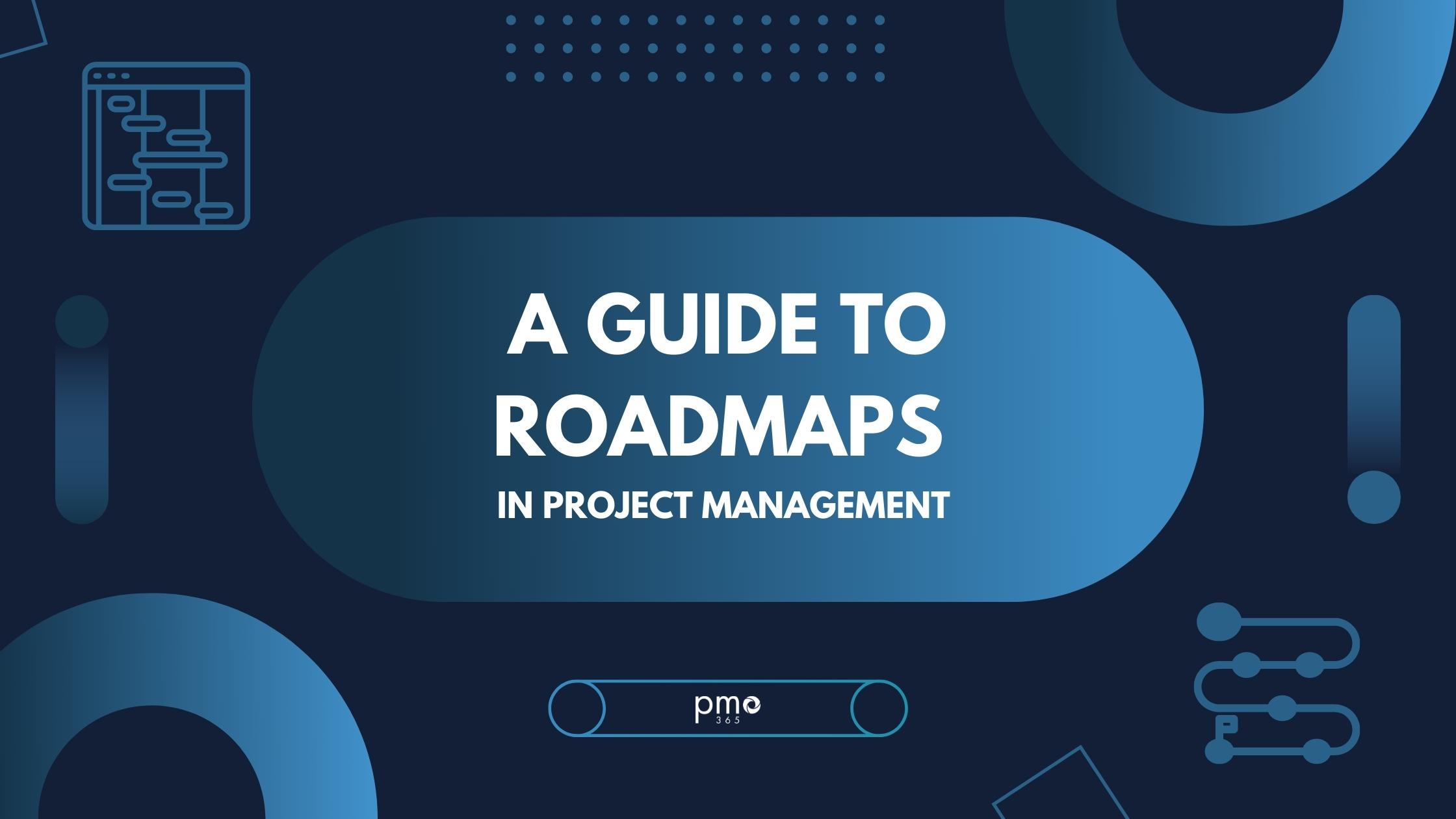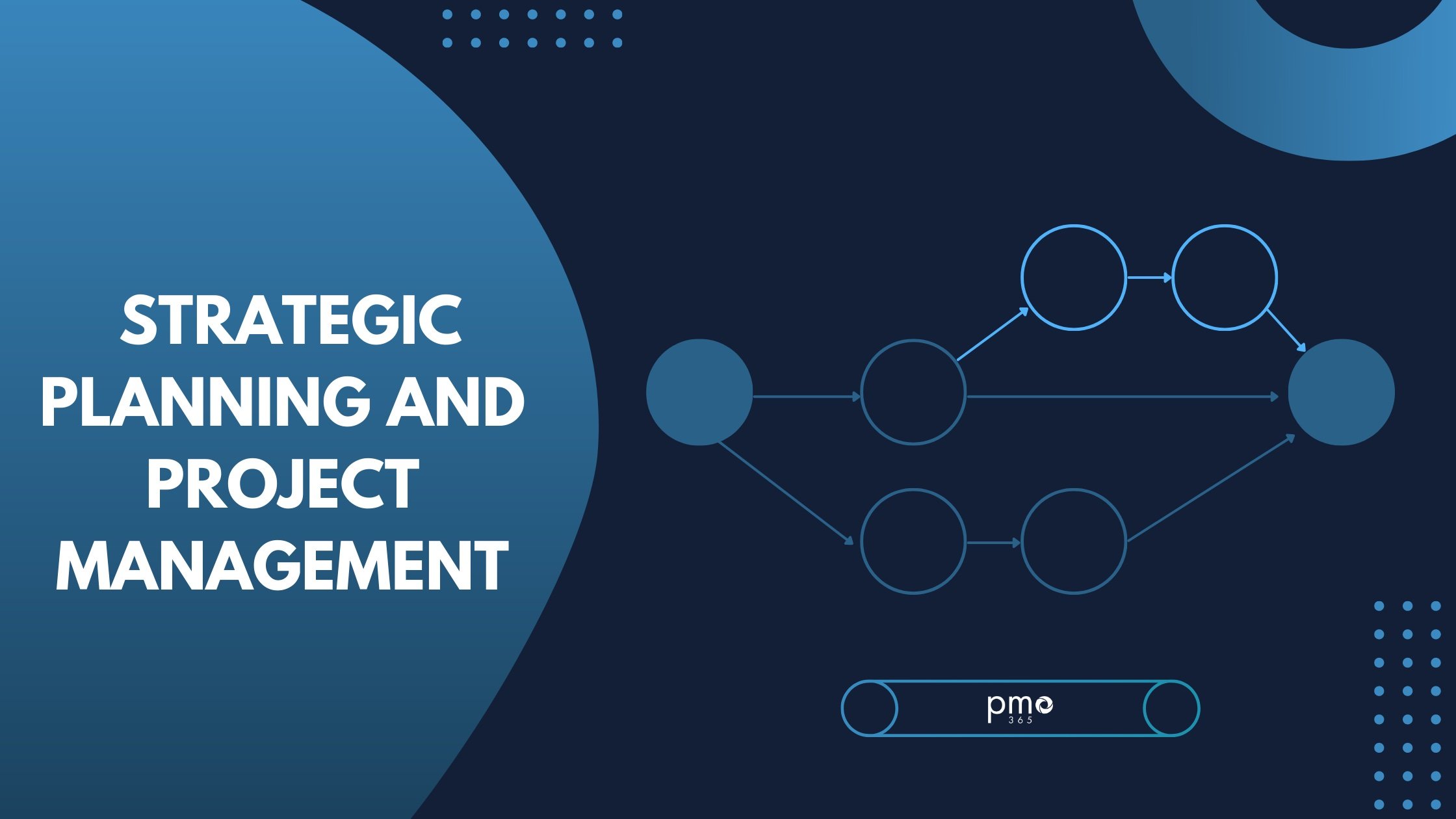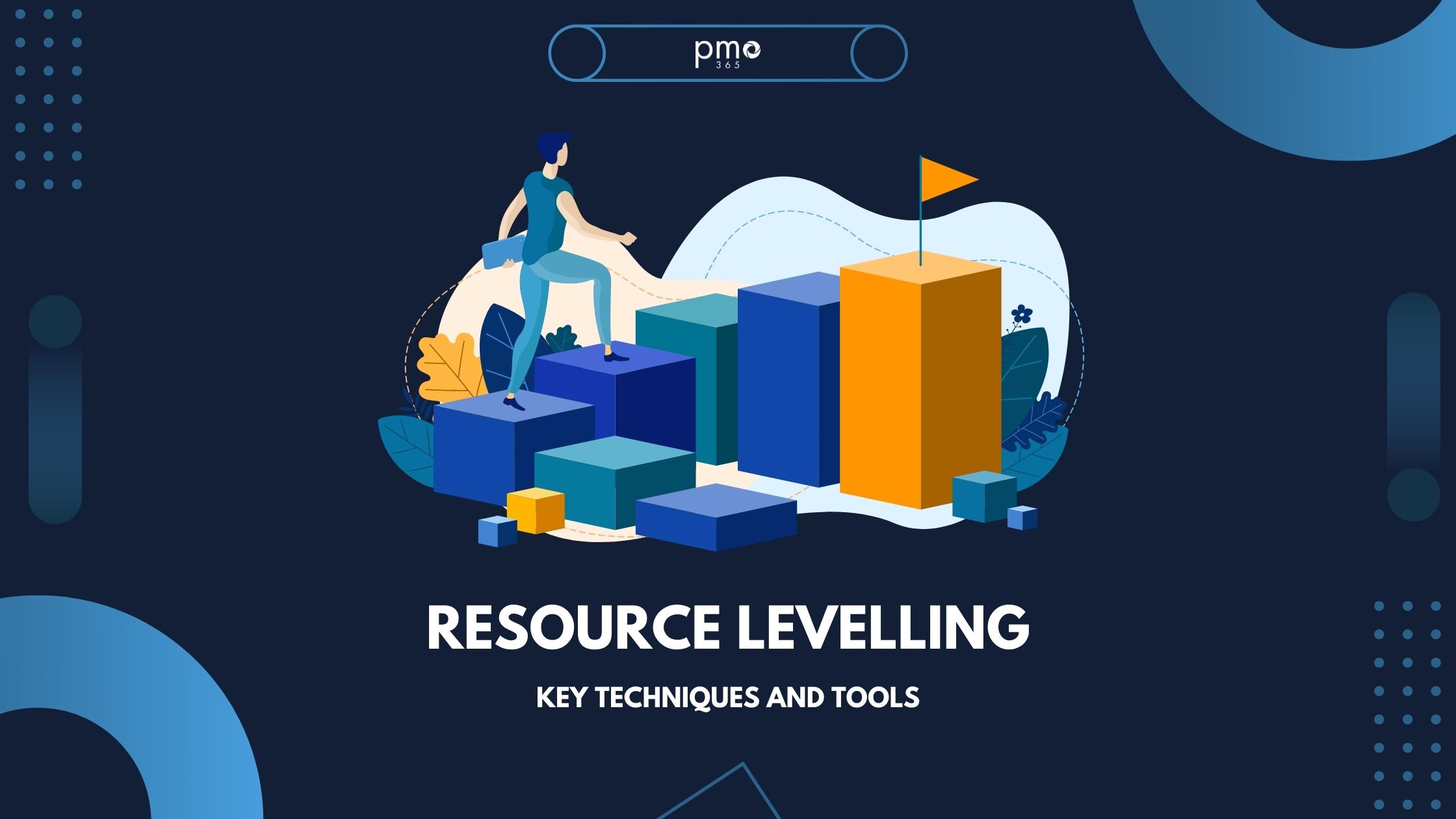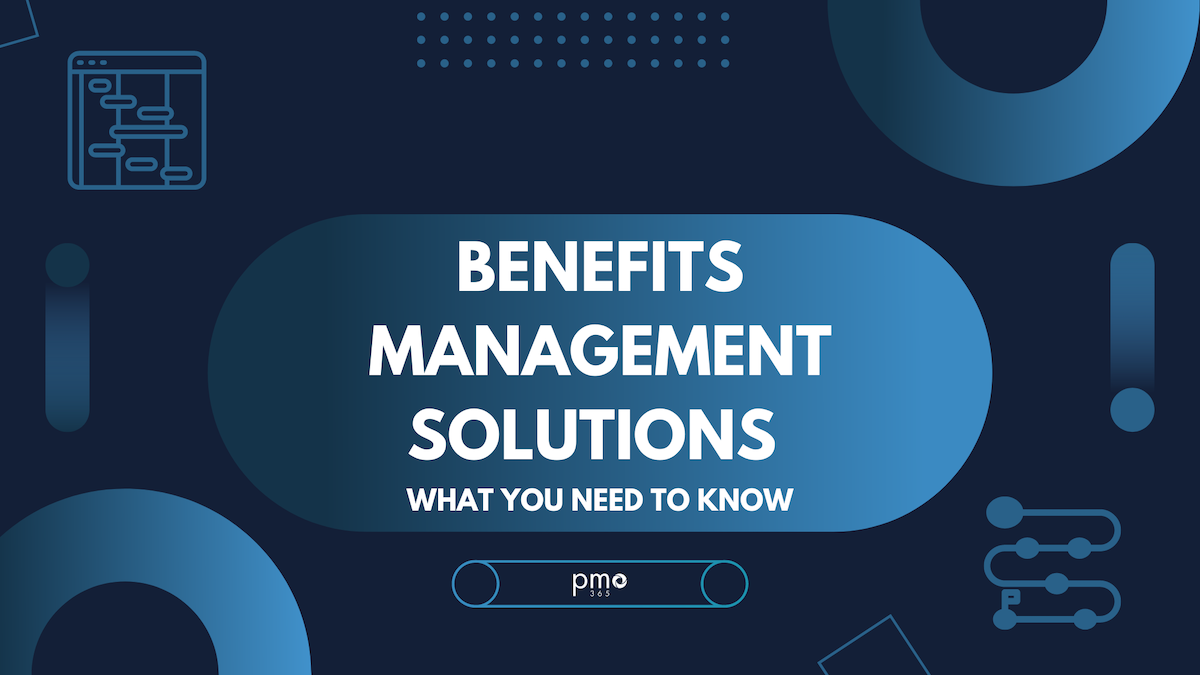The strategic roadmap is less commonly discussed than project and product roadmaps. Yet, it is the higher level roadmap because it outlines how all the projects, products, or programs fit into your organisation’s overarching vision.
In this blog, we’ll define the strategic roadmap and explain its benefits. We’ll also share some tips to help you make the most out of your strategic roadmap.
This is the latest in a series about roadmaps. Be sure to check out the introductory post and follow the series to learn more about different types of roadmaps.
What are Strategic Roadmaps?
A strategic roadmap, also known as a strategy roadmap or a portfolio roadmap, is the highest level overview of the organisation’s strategic objectives. However, it also includes associated investments and activities that contribute to the achievement of those objectives.
The strategic roadmap helps visualise the various dependencies and interrelations between different portfolios and projects. This give teams the opportunity to optimise their resources and processes appropriately. Roadmaps can span multiple years, and thus senior management or the project management office can use them to plan strategy.
Strategic roadmaps genereally reflect top-down perspective. Thus, they focus on where project managers are allocating, prioritising. and utilising resources. At the same time, the roadmap outlines how this project aligns with the organisational strategic objectives. They can be drilled down to inform other roadmaps down the chain, such as product or project roadmaps. Again, this increases visibility and clarity across the entire organisation. The key with strategy roadmaps, is they rely entirely on the accuracy of other roadmaps to be effective.
What are the Benefits of Strategic Roadmaps?
Gaining a holistic overview of an organisation’s activities and objectives the main benefit of a strategic roadmap. But, it’s not the only benefit. Here are some other ways a strategic roadmap can bring value to your organisation.
Ensures strategic alignment of organisation-wide activities
While data is becoming more accessible, what is valuable is the meaning we draw from the data. Strategic roadmaps not only clearly visualise an organisation’s overarching strategy. They also divide activities by their alignment with strategic objectives, rather than departments or portfolios.
When activities are clustered into siloes, leadership might miss opportunities for collaboration and efficiency. This is because projects in different portfolios may have the same goal, without realising the other exists. By organising the strategic roadmap by strategic objectives, key decision-makers have a clearer understanding of how the organisation is reaching goals. From there, they can re-organise themselves to accomplish the goals more effectively.
Supports strategic decision-making process
All too often, organisations make decisions based on budgets rather than a holistic strategy. This budget-focused approach often leads to departmental infighting as departments fight for resources to push for their agendas. With a strategic roadmap, key decision-makers will not have an objective understanding of the organisation’s strategic direction, objectives, and activities without the potential politicised views or biases. This ensures that only projects and investments that achieve the greatest value for the organisation as a whole are selected.
Facilitate greater long-term planning
Long-term planning is becoming increasingly challenging with our fast-paced and ever-changing market. With a strategic roadmap, an organisation can clearly visualise their vision and strategy at a higher level that can span multiple years. This can also providing opportunities to drill down the plan into sizeable chunks.
Strategic roadmaps are particularly powerful planning tools when paired with what-if scenarios and predictive analysis tools. These tools often allow teams to run various simulations and configurations based on accurate historic data. Teams can then prepare the appropriate responses and actions to mitigate or eradicate the potential negative fallout of ongoing changes.
Encourages innovation across the organisation
Without a portfolio-level view, teams can often miss different gaps or opportunities within their organisation. When teams can effectively visualise the problems, it can also encourage new ideas and innovations that can help the entire organisation. Roadmaps encourage teams to see the interconnected relationship within an organisation. This can spur new ideas on how to improve those relationships or dependencies to improve overall efficiency.
Provides the organisation with greater agility and flexibility
In a fast-paced market, critical decisions cannot wait until the relevant information is consolidated at lengthy period meeting sessions. As a living document, the strategic roadmap gives decision-makers an accurate understanding of their investments at any given time. It allows them to easily identify the key areas of highest value generation for the organisation. With that level of visibility, they can easily reallocate and reprioritise. This means giving more to value-adding activities or opportunities as they arise.
Improves stakeholder buy-in and alignment
It can often be challenging to communicate an organisation’s strategy and vision in a clear and concise manner. With a strategic roadmap, teams can visualise the organisation’s strategy in an easy-to-understand format. One that clearly defines strategic objectives and their associated activities. This allows stakeholders to understand the justifications for certain decisions and minimises the chances of costly disagreements and misunderstandings.
When people understand how projects are selected and why, they are more likely to be invested in their success. By acting as the organisation’s central guiding document, the strategic roadmap improves stakeholder buy-in and ensures greater alignment.
Top Tips for Strategic Roadmaps
While the value of strategic roadmaps is clear, many fail to tap into their full potential. Here are some tips to make sure you make the most out of your strategic roadmaps.
Constantly update your strategic roadmap
It can be tempting to simply use a strategic roadmap as a planning tool, a document you make once a year and update every now and then according to your planning cycle. However, an effective strategic roadmap is constantly updated, renewed and reorganised to respond to the ongoing changes in the market. Rather than using the roadmap as a concrete plan, use it as a tool to facilitate an ongoing journey of monitoring, evaluating and reorganising the various assumptions and needs of an organisation to allow your teams to act promptly and effectively when challenges arise.
Use it to properly look at alternative approaches
Teams can often fall into the mistake of using their strategic roadmaps to justify their pre-determined strategy and plans. However, this one-tracked use of a strategic roadmap limits organisations from tapping into the innovative capabilities of a strategic roadmap. Make sure to use your roadmap to do more than justify your decision and keep track of risks but to fully explore alternative approaches and potential opportunities for improvement. With a bird’s-eye view, strategic roadmaps allow teams to see patterns they may have missed and encourage interesting collaborations that can better improve value generation across the organisation.
It is not just about numbers, it is about holistic performance
Roadmaps are a critical tool for communicating and collaborating, it is not about keeping track of stats and numbers alone. There are tasks and projects that can support a strategic objective but cannot be quantified or drilled down into sheer numbers alone. For example, how would you quantify various culture-building activities and their benefits into quantified figures? Rather than a simple status update, make sure to use strategic roadmaps to analyse and evaluate the holistic performance of the organisation in multiple areas and how both tangible and intangible activities can contribute to the strategic objectives of an organisation.
Tap into the full potential of strategic roadmaps with pmo365
Our team at pmo365 are complete advocates for enterprise-wide visibility and control. That is why we make it our priority to integrate the best strategic planning and portfolio analysis tools into our solutions so you can make the most of your strategic roadmaps and portfolio management activities. If you want to see our strategic planning tools in action, make sure to book a free trial with our PPM experts today!













